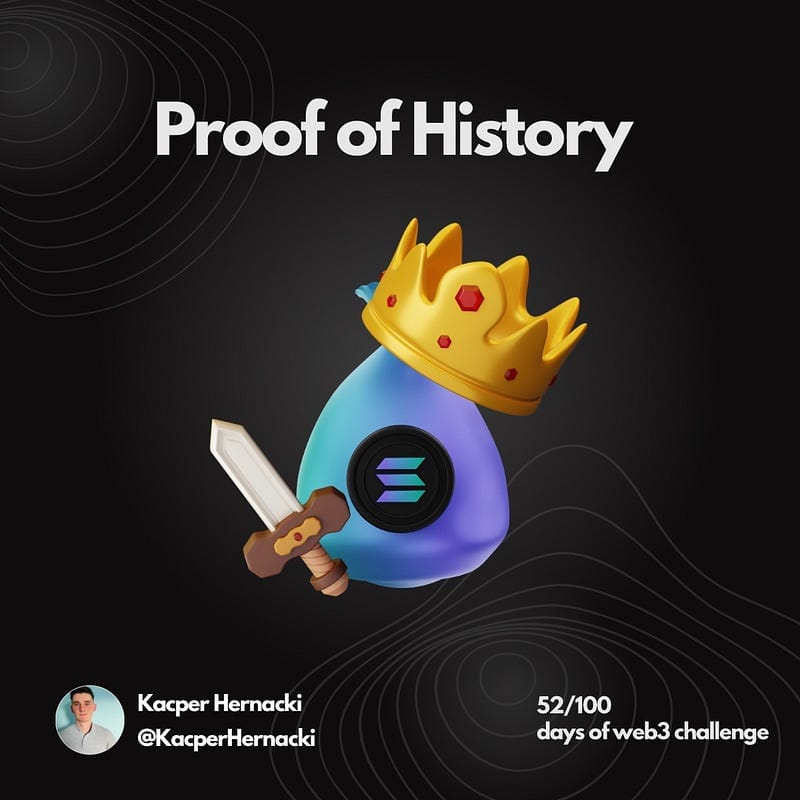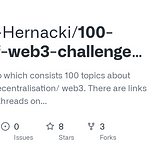Proof of history
When it comes to crypto transactions and measurements of time, needed to describe timestamp correctly, there are some solutions which…

When it comes to crypto transactions and measurements of time, needed to describe timestamp correctly, there are some solutions which mainly uses centralized features.
Only one, other than the rest, boosted the native project — Solana.
Agenda:
- intro,
- how it works,
- VDF,
- transaction speed,
- conclusion.
How it works?
Solana developers had a different idea.
Let’s see why standard “timing” solution is not super effective.
Consider situation when transactions need to be made as fast as possible, mean really quickly in a matter of nanoseconds.
Checking time from centralized server, just to make a timestamp is burdened with error.
Moreover, this error is bigger with quicker transaction.
Solana solved this problem, by using proof of history consensus model, which allows timestamps to be built within the blockchain.
It is done by VDF — verifiable delay function.
VDF — verifiable delay function
Every block producer has to crank through the VDF, this proof of history, to get to their assigned slot and produce a block,” says Anatoly Yakovenko, co-founder of Solana Labs.
To make it clearer, VDF is not able to tell that now is 11:36:40 AM, it is focused on telling when in the past and future of global state machine transaction occurred.
It is a big revolution, which enables to speed up transactions.
Transaction speed
Let’s consider the example given by Solana:
Imagine you wanted to send a very important letter on a train that leaves New York and arrives in Chicago at 5pm.
Because it is important, you verify at each stop, if the letter is in the train.
It could be ridiculous to follow the train and check at each station if the letter is inside. Let’s skip the crowds and time delays, even then it would be an horror.
Much better solution is to make stamps on the letter with time, at every station.
Received letter has proves that everything went correctly, all process is very easy and fast.
Solana makes the same with transactions.
Any node can validate the entire chain with small amount of code. Everybody has the synchronized atomic clock, which can never be needed to resynchronize.
Yakovenko also says, that even if Solana get cut off and communication links go down, its clocks never drift because they are logical based on this SHA256.
Moreover, verifying chain with only small info, allows to verify network multiple times simultaneously, when most of ecosystems can only be checked one at a time.
Think of it this way: Other Chain Railways only has one attendant doing that long verification process for every letter on the train.
But the Solana Railroad has multiple attendants that can check many different letters on the train for their stamps at the same time — which means the trains move much faster.
Conclusion
Proof of history is a very powerful feature, which has slightly different approach to validation.
Checkin blockchain with timestamps, based on a relative moment in history is very brilliant. Such a solution scales project and gives a lot of possibilities.
Do you like my web3 content? Follow repo which consists all the topics included in the challenge:





